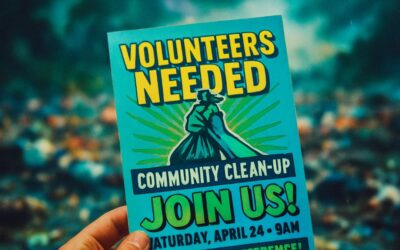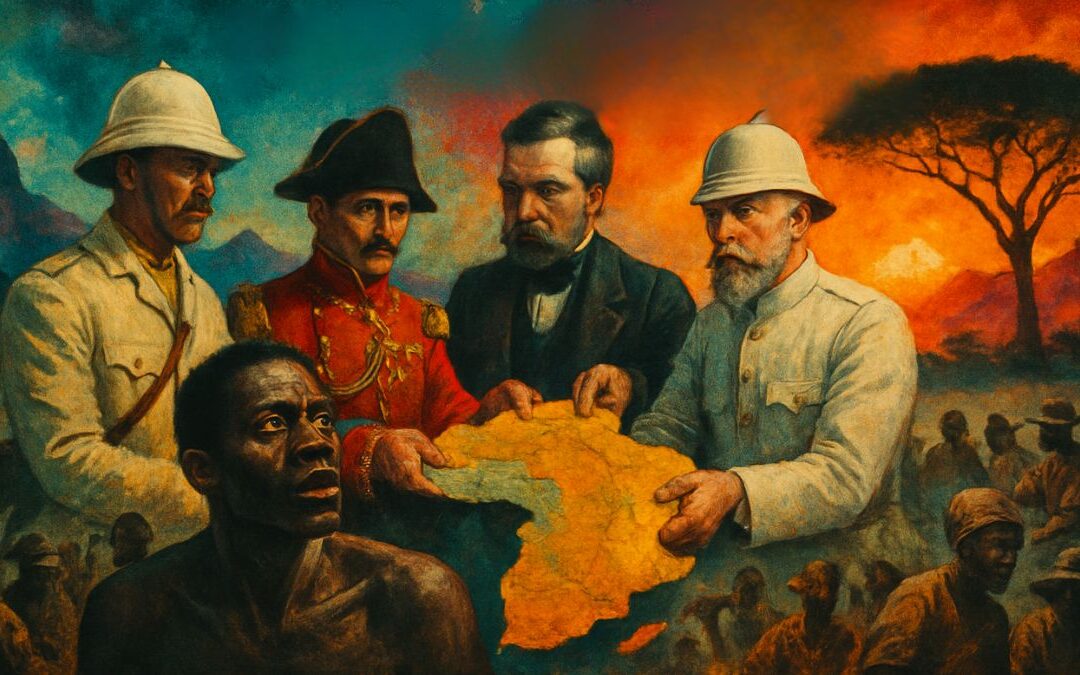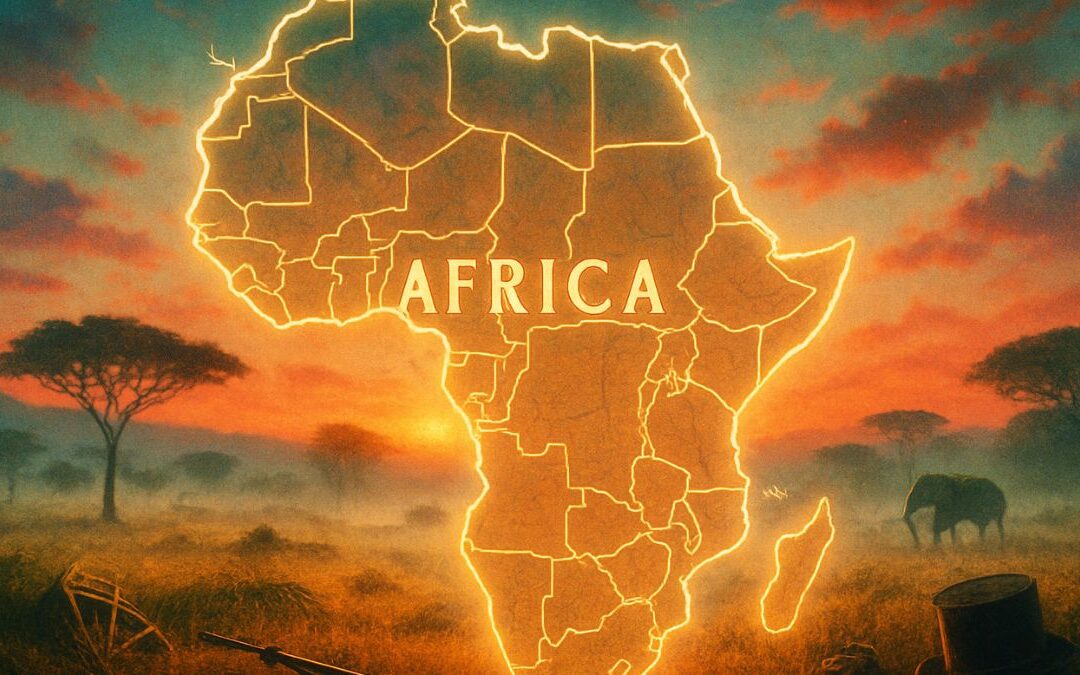Introduction
Welcome back to our error correction and self-editing practice! In this lesson, we’ll be focusing on how fashion acts as a mirror to society, reflecting its changing values and trends. Remember, the best way to learn is by doing! So, read the flawed piece of writing below, use the checklist to guide your editing, and try to correct the errors yourself before checking our corrected version and explanations. Your active participation is key to improving your writing skills for international exams.
Flawed Piece of Writing
Fashion, in its many forms, serve as a powerfull indicator of social trends and cultural shifts. What people choose to wear are often influenced by a wide range of factors, including economic conditions, political climates, and technological advancements. By observing fashion across different periods, we can gain valuable insights into the values, beliefs, and aesthetic preferences of the time. However, the relationship between fashion and society is not allways straightforward, and fashion can also be a tool for individual expression and even rebellion.
One of the most obvious way that fashion reflects social trends is through economic changes. For instance, during times of economic prosperity, we might see more extravagant and luxurious styles becoming popular. On the other hand, during periods of recession or hardship, fashion tends to become more practical and understated. The availability of certain materials and the cost of production also play a significant role in shaping fashion trends.
Political events and social movements also have a profound impact on what people wear. For example, the womens liberation movement of the 1960s saw a shift away from restrictive clothing towards more comfortable and practical styles that allowed women greater freedom of movement. Similarly, environmental concerns in recent years have led to a growing interest in sustainable and ethical fashion. These examples shows how fashion can be a visual manifestation of broader social and political currents.
Technological advancements have also revolutionised the fashion industry. The invention of new fabrics, dyes, and manufacturing processes has made it possible to create a wider variety of styles and designs. The rise of the internet and social media has further accelerated the pace of fashion trends, allowing for the rapid dissemination of new styles and the emergence of global fashion influences. Online shopping has also made fashion more accessible to a wider audience.
However, its important to remember that fashion is not just a passive reflection of society; it can also be an active force in shaping it. Individuals often use fashion to express their personal identity, their social affiliations, and their beliefs. Subcultures, for example, often adopt distinct styles of clothing to signal their membership and to challenge mainstream norms. Fashion can be a form of self-expression, a way to communicate without words, and even a tool for social commentary.
In conclusion, fashion and society are intricately linked. Fashion acts as a mirror, reflecting the prevailing social, economic, political, and technological trends of a particular time. But it is also a dynamic force that allows for individual expression, challenges norms, and contributes to ongoing cultural conversations. By paying attention to what people wear, we can learn a great deal about the society in which they live. Its a visual language that speaks volumes about who we are and the world around us.
Your Editing Task
Now, it’s your turn to become the editor! Carefully read the flawed piece of writing above and use the following checklist to help you identify and correct any errors you find. Remember to try editing the text yourself before looking at our corrected version and detailed explanations.
Editing Checklist
- Grammar: Subject-verb agreement, tense usage, pronoun usage, articles.
- Spelling: Misspelled words.
- Punctuation: Commas, periods, apostrophes, capitalization, etc.
- Vocabulary: Appropriate word choices.
- Sentence Structure: Clarity, conciseness, run-on sentences, fragments.
- Paragraph Structure: Topic sentences, logical flow.
- Word Choice and Tone: Academic appropriateness, consistency.
- Clarity and Conciseness: Easy to understand, unnecessary words.
- Flow and Cohesion: Smooth connections, transition words.
Good luck with your editing!
Corrected and Edited Version with Explanations
Fashion, in its many forms, serves as a powerful indicator of social trends and cultural shifts. What people choose to wear is often influenced by a wide range of factors, including economic conditions, political climates, and technological advancements. By observing fashion across different periods, we can gain valuable insights into the values, beliefs, and aesthetic preferences of the time. However, the relationship between fashion and society is not always straightforward, and fashion can also be a tool for individual expression and even rebellion.
- Correction: “serve” changed to “serves.”
- Explanation: Subject-verb agreement error. “Fashion” is singular, so the verb should be “serves.”
- Correction: “powerfull” changed to “powerful.”
- Explanation: Spelling error. The correct spelling is “powerful.”
- Correction: “are” changed to “is.”
- Explanation: Subject-verb agreement error. “What people choose to wear” acts as a singular subject.
- Correction: “allways” changed to “always.”
- Explanation: Spelling error. The correct spelling is “always.”
One of the most obvious ways that fashion reflects social trends is through economic changes. For instance, during times of economic prosperity, we might see more extravagant and luxurious styles becoming popular. On the other hand, during periods of recession or hardship, fashion tends to become more practical and understated. The availability of certain materials and the cost of production also play a significant role in shaping fashion trends.
- Correction: “way” changed to “ways.”
- Explanation: Vocabulary error. “One of the most obvious ways” is grammatically correct as it refers to multiple ways.
Political events and social movements also have a profound impact on what people wear. For example, the women’s liberation movement of the 1960s saw a shift away from restrictive clothing towards more comfortable and practical styles that allowed women greater freedom of movement. Similarly, environmental concerns in recent years have led to a growing interest in sustainable and ethical fashion. These examples show how fashion can be a visual manifestation of broader social and political currents.
- Correction: “womens” changed to “women’s.”
- Explanation: Punctuation error. This is a possessive noun; the apostrophe indicates that the movement belonged to women.
- Correction: “shows” changed to “show.”
- Explanation: Subject-verb agreement error. The subject “These examples” is plural, so the verb should be “show.”
Technological advancements have also revolutionized the fashion industry. The invention of new fabrics, dyes, and manufacturing processes has made it possible to create a wider variety of styles and designs. The rise of the internet and social media has further accelerated the pace of fashion trends, allowing for the rapid dissemination of new styles and the emergence of global fashion influences. Online shopping has also made fashion more accessible to a wider audience.
- Correction: “revolutionised” changed to “revolutionized.”
- Explanation: Spelling error. While “revolutionised” is correct in British English, “revolutionized” is standard in American English, and consistency is generally preferred in academic writing. (Preferential change for consistency.
However, it’s important to remember that fashion is not just a passive reflection of society; it can also be an active force in shaping it. Individuals often use fashion to express their personal identity, their social affiliations, and their beliefs. Subcultures, for example, often adopt distinct styles of clothing to signal their membership and to challenge mainstream norms. Fashion can be a form of self-expression, a way to communicate without words, and even a tool for social commentary.
- Correction: “its” changed to “it’s.”
- Explanation: Punctuation error. “It’s” is a contraction of “it is.” “Its” is a possessive pronoun. (Necessary correction for grammatical accuracy.
In conclusion, fashion and society are intricately linked. Fashion acts as a mirror, reflecting the prevailing social, economic, political, and technological trends of a particular time. But it is also a dynamic force that allows for individual expression, challenges norms, and contributes to ongoing cultural conversations. By paying attention to what people wear, we can learn a great deal about the society in which they live. It’s a visual language that speaks volumes about who we are and the world around us.
- Correction: “Its” changed to “It’s.”
- Explanation: Punctuation error. “It’s” is a contraction of “it is.” “Its” is a possessive pronoun. (Necessary correction for grammatical accuracy.
- Correction: “speaks volumes” changed to “speaks volumes.”
- Explanation: Editorial choice for better flow and emphasis. While “speaks volumes” was not technically incorrect, “speaks volumes about” more clearly connects the visual language to the information it conveys about identity and the world. (Preferential change for clarity.
Assignment
Edit the following piece of writing, paying close attention to the types of errors we’ve addressed in this lesson. Use the checklist provided earlier as your guide.
Fashion have always been a subject of intense scrutiny, not just for its aesthetic appeal but also for what it communicate about the society that embraces it. Throughout history, changes in fashion has mirrored broader social, political, and economic transformations. From the elaborate costumes of the aristocracy to the more functional clothing of the working class, what people wore told a story about their status, their beliefs, and the world they lived in.
In more recent times, fashion has become even more complex, reflecting a wider array of social trends and individual identities. The rise of youth culture in the mid-20th century, for instance, led to the emergence of distinct styles that challenged the established norms of previous generations. Denim jeans, once primarily workwear, became a symbol of rebellion and youthfull independence. Similarly, the punk movement of the 1970s used clothing as a form of protest against social and political issues.
The influence of technology on fashion cannot be overstated. The internet and social media has democratized fashion to some extent, allowing individuals to access and share styles from around the globe. Fast fashion, driven by rapid production cycles and online retail, has made trendy clothing more affordable and accessible than ever before. However, this has also raised concerns about sustainability and the ethical implications of the fashion industry.
Furthermore, fashion is increasingly being used as a platform for social and political activism. Designers and consumers alike are using clothing and accessories to express their views on issues ranging from environmental protection to gender equality. This demonstrates the power of fashion not just to reflect trends but to actively participate in shaping them. Its clear that what we wear is more than just fabric; its a statement about who we are and what we believe in.
In conclusion, fashion serves as a dynamic and multifaceted expression of social trends. It reflects our economic realities, our political beliefs, our technological advancements, and our cultural values. By studying the ever-changing landscape of fashion, we can gain valuable insights into the evolving nature of society itself. Its a fascinating interplay between the individual and the collective, the personal and the political, all stitched together in the clothes we choose to wear.
Corrected and Edited Version of the Assignment
Fashion has always been a subject of intense scrutiny, not just for its aesthetic appeal but also for what it communicates about the society that embraces it. Throughout history, changes in fashion have mirrored broader social, political, and economic transformations. From the elaborate costumes of the aristocracy to the more functional clothing of the working class, what people wore told a story about their status, their beliefs, and the world they lived in.
In more recent times, fashion has become even more complex, reflecting a wider array of social trends and individual identities. The rise of youth culture in the mid-20th century, for instance, led to the emergence of distinct styles that challenged the established norms of previous generations. Denim jeans, once primarily workwear, became a symbol of rebellion and youthful independence. Similarly, the punk movement of the 1970s used clothing as a form of protest against social and political issues.
The influence of technology on fashion cannot be overstated. The internet and social media have democratized fashion to some extent, allowing individuals to access and share styles from around the globe. Fast fashion, driven by rapid production cycles and online retail, has made trendy clothing more affordable and accessible than ever before. However, this has also raised concerns about sustainability and the ethical implications of the fashion industry.
Furthermore, fashion is increasingly being used as a platform for social and political activism. Designers and consumers alike are using clothing and accessories to express their views on issues ranging from environmental protection to gender equality. This demonstrates the power of fashion not just to reflect trends but to actively participate in shaping them. It’s clear that what we wear is more than just fabric; it’s a statement about who we are and what we believe in.
In conclusion, fashion serves as a dynamic and multifaceted expression of social trends. It reflects our economic realities, our political beliefs, our technological advancements, and our cultural values. By studying the ever-changing landscape of fashion, we can gain valuable insights into the evolving nature of society itself. It’s a fascinating interplay between the individual and the collective, the personal and the political, all stitched together in the clothes we choose to wear.










0 Comments